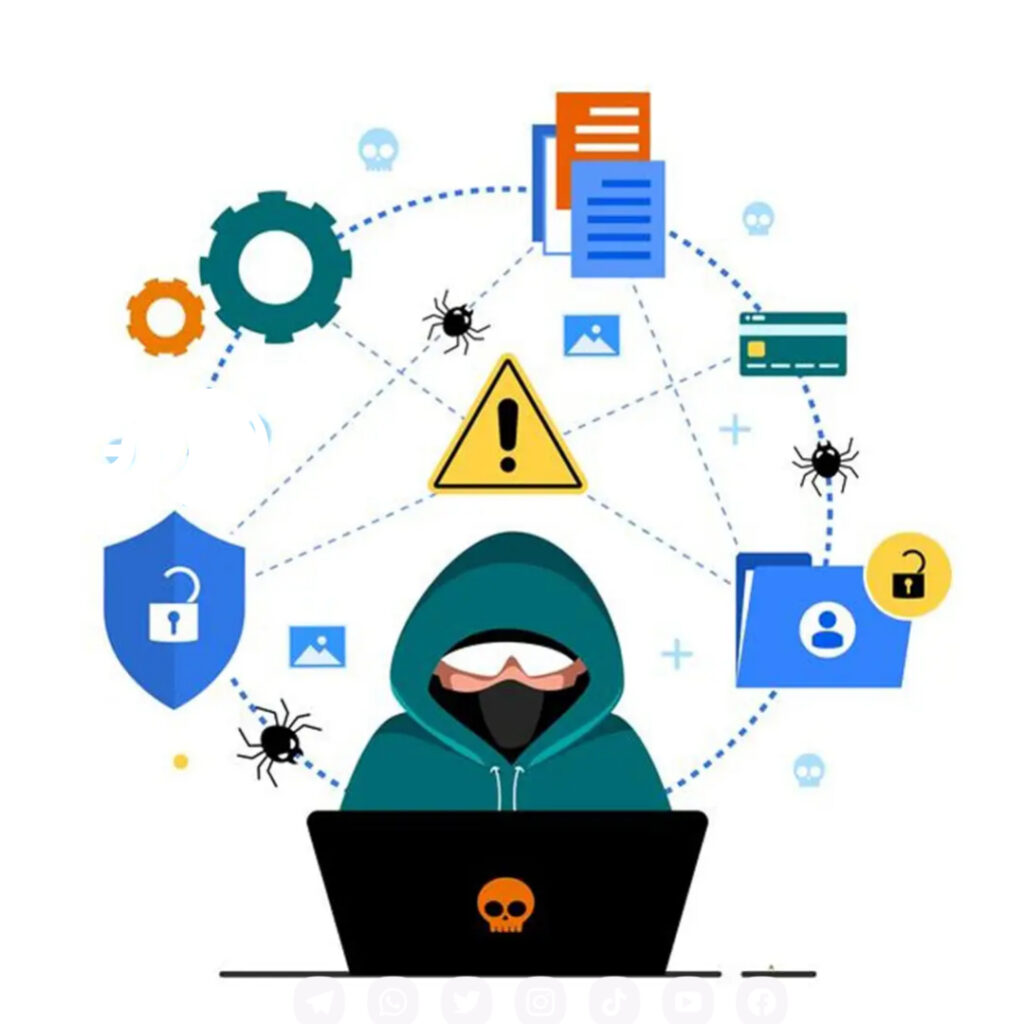Introduction
In the rapidly evolving landscape of cybersecurity, one principle is gaining unprecedented attention: Zero Trust Architecture (ZTA). Gone are the days when businesses could rely solely on traditional perimeter-based security models. With the growing threats of ransomware attacks, insider threats, and supply chain vulnerabilities, the need for a more robust, identity-centric approach is critical. This is where Zero Trust comes in.
Zero Trust is not just a buzzword—it’s a fundamental shift in how we approach cybersecurity. This blog will explore what Zero Trust Architecture is, why it’s crucial in today’s digital era, how it works, its core principles, implementation strategies, and why it represents the future of enterprise security.
What is Zero Trust Architecture?
Zero Trust Architecture (ZTA) is a cybersecurity framework that assumes no implicit trust, regardless of whether a user is inside or outside the network perimeter. The core idea is “never trust, always verify.”
In a Zero Trust model:
- Every access request is thoroughly verified.
- Users are authenticated, authorized, and continuously validated.
- Security policies are based on contextual data, such as user role, location, device health, and time of access.
This model eliminates the assumption that users within an organization’s firewall are trustworthy by default.
Why Traditional Security Models Are Failing
Traditional perimeter-based security operates under the assumption that everything inside the network is safe. However, with the rise of remote work, cloud computing, and mobile devices, the traditional network perimeter has effectively dissolved.
Major shortcomings of traditional models:
- Implicit Trust: Once inside the network, users often have unrestricted access.
- Flat Networks: Lateral movement is easier for attackers.
- Weak Detection Capabilities: Delayed response to breaches.
- Growing Insider Threats: Employees and contractors with access can become risks.
This outdated approach leaves businesses vulnerable to increasingly sophisticated cyber threats.
Key Principles of Zero Trust
- Verify Explicitly:
- Authenticate and authorize based on all available data points.
- Use multi-factor authentication (MFA), device compliance, geolocation, etc.
- Least Privilege Access:
- Give users only the access they need to do their job.
- Reduces the potential blast radius in case of a breach.
- Assume Breach:
- Design the system assuming attackers have already infiltrated.
- Segment access and monitor all activity continuously.
- Micro-Segmentation:
- Divide the network into smaller zones.
- Restrict user and workload access to only the areas they require.
- Continuous Monitoring and Validation:
- Security doesn’t end at login.
- Behavioral analytics and real-time monitoring ensure continuous trust assessment.
Benefits of Implementing Zero Trust Architecture
1. Enhanced Security Posture
By reducing attack surfaces and enforcing strict identity verification, Zero Trust drastically reduces the risk of unauthorized access.
2. Better Control Over Data
ZTA provides visibility and control over who accesses what, and under what conditions, enabling organizations to manage data more securely.
3. Improved Regulatory Compliance
Frameworks like GDPR, HIPAA, and ISO/IEC 27001 emphasize data protection and access control, both of which are core to Zero Trust.
4. Protection Against Insider Threats
Zero Trust assumes that threats can come from within the organization, and thus limits internal access unless necessary.
5. Enables Remote Work and BYOD Policies
With employees accessing resources from multiple devices and locations, Zero Trust ensures secure access without relying on a fixed perimeter.
Key Components of Zero Trust Architecture
- Identity and Access Management (IAM):
- Central to Zero Trust.
- Includes MFA, single sign-on (SSO), role-based access control (RBAC).
- Endpoint Security:
- Ensure devices meet security policies before allowing access.
- Tools include antivirus, device compliance checkers, and EDR solutions.
- Network Segmentation:
- Micro-segmentation controls how users move across the network.
- Data Security:
- Classify and encrypt data.
- Implement Data Loss Prevention (DLP) tools.
- Security Information and Event Management (SIEM):
- Real-time monitoring and analytics.
- Identifies anomalies and triggers alerts.
- Cloud Access Security Broker (CASB):
- Secures cloud applications and services.
Implementing Zero Trust in Your Organization
Step 1: Identify Protect Surfaces
Unlike a broad attack surface, protect surfaces focus on critical data, applications, assets, and services.
Step 2: Map Transaction Flows
Understand how users and systems interact with protect surfaces. This helps in designing segmentation and access policies.
Step 3: Architect Zero Trust Network
Design micro-perimeters around protect surfaces using firewalls, network segmentation, and software-defined perimeters.
Step 4: Implement Policy Based on Context
Use the principle of least privilege and context-aware policies (time, location, device type, etc.).
Step 5: Monitor and Maintain
Use real-time monitoring tools and analytics to adjust policies and ensure continuous trust.
Real-World Examples of Zero Trust Implementation
Google’s BeyondCorp
Google pioneered the Zero Trust model with BeyondCorp, a framework that allows employees to work securely from untrusted networks without a traditional VPN.
U.S. Federal Government
The Biden administration’s Executive Order on Cybersecurity mandates federal agencies to adopt a Zero Trust model.
Microsoft
Microsoft uses Zero Trust principles across Azure, Microsoft 365, and Defender platforms to secure access and identity management.
Challenges in Adopting Zero Trust
- Cultural Resistance: Employees may resist new controls.
- Legacy Infrastructure: Old systems may not support advanced access control.
- Complex Implementation: Requires planning, tools, and integration.
- Cost: Upfront investment in tools and expertise.
However, these challenges are outweighed by the long-term benefits of resilience, visibility, and data protection.
SEO-Optimized Keywords to Target
- Zero Trust security model
- Identity and Access Management (IAM)
- Multi-Factor Authentication (MFA)
- Network segmentation
- Endpoint security
- Data loss prevention tools
- Zero Trust cloud security
- Cybersecurity strategy 2025
- Secure remote work architecture
- Microsegmentation in cybersecurity
Conclusion: Zero Trust is Not an Option—It’s a Necessity
In a world where data breaches are not a question of “if” but “when,” Zero Trust Architecture is the most forward-thinking approach to cybersecurity. It empowers organizations to reduce risks, gain greater control over their IT environment, and ensure secure access across all endpoints.
For businesses looking to thrive in the digital age—especially those dealing with sensitive information—adopting Zero Trust is not just recommended, it’s critical.
At Abhastra Technology, we help businesses transition to a Zero Trust model tailored to their needs. From consulting and planning to deployment and monitoring, we ensure that your digital assets remain secure—today and tomorrow.
Need help implementing Zero Trust? Get in touch with our cybersecurity experts at Abhastra.com.
Published by Abhastra Technology Pvt. Ltd. | www.abhastra.com | #Cybersecurity #ZeroTrust #SecureYourBusiness





